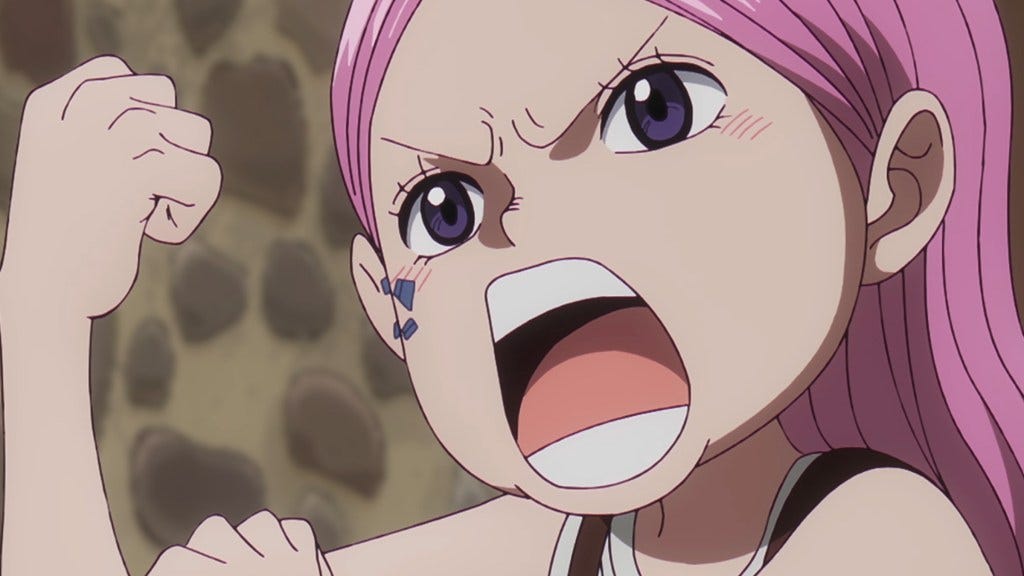One Piece Shocks Fans with Sudden Censorship in Latest Episode!
One Piece is currently airing one of its most emotional story arcs, diving deep into the heartbreaking past of Bartholomew Kuma. The latest episodes have shown just how much pain Kuma has gone through, from losing loved ones to being turned into a weapon by the Marines. But while the anime has been showing dark and violent moments faithfully from the ma…
Keep reading with a 7-day free trial
Subscribe to HYPERMANGA! to keep reading this post and get 7 days of free access to the full post archives.

